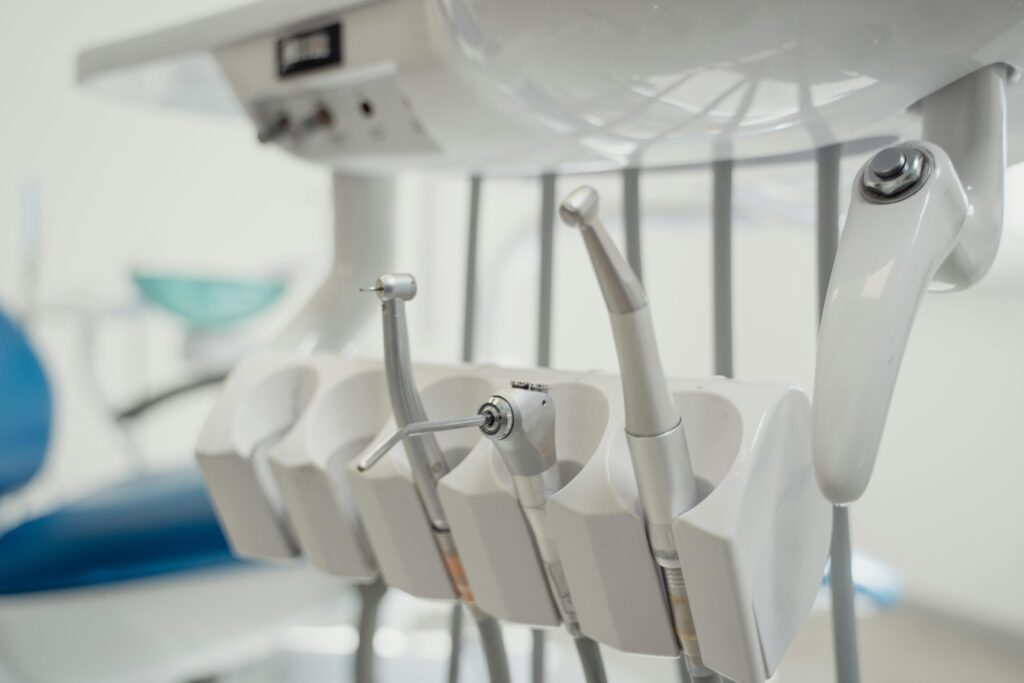
Oral cancer is a disease that too often goes unnoticed. While this cancer type may not be as widely discussed as some others it can have equally severe impacts on individuals and their families. Fortunately, with the development of oral cancer screening methodologies, it has become possible to catch this disease early which has significantly improved the chances of successful treatment. In this article, we’ll examine what oral cancer is, the importance of oral cancer screenings, and how they work.
Defining oral cancer & its risk factors
Oral cancer is a type of cancer that affects the inside of your mouth. It falls under the category of head and neck cancers and can affect your lips, tongue, mouth roof, and mouth floor.
It typically affects people aged 60 or older and is associated with certain lifestyle habits like smoking, chewing tobacco, excessive alcohol consumption, exposure to human papillomavirus (HPV), and having a history of cancer in your family. Other risk factors include having poor nutrition, poor oral health, being male (they experience oral cancer at twice the rate as females), and having certain genetic syndromes like Fanconi anemia or dyskeratosis congenita.
The importance of oral cancer screenings
Oral cancer has a 57% five-year survival rate. Unfortunately, the fatality rate is high because often, oral cancer isn’t detected until it’s more developed stages. If gone untreated, oral cancer can spread to other areas of your mouth, throat, head, and neck. So, early detection through regular screenings can improve the chances of successful treatment and recovery.
Oral cancer screening methodologies
Oral cancer screenings are performed by dentists or doctors to look for signs of cancer or precancerous conditions in your mouth. While there isn’t a routine screening process for oral cancer, at your dental checkups, a dentist or dental hygienist may be able to detect abnormalities, so it’s important to visit them frequently.
During an oral cancer screening, the dentist will visually inspect the inside of the mouth, for lesions, areas of abnormal tissue. This may look like abnormally red areas or thich white patches.
Other oral cancer screening methods may include the following:
- Palpation: Your dentist will feel around your face, neck, and jaw for lumps, bumps, or areas that are tender.
- Blue dye test: Your dentist/doctor will coat a dye called toluidine blue inside your mouth. Abnormal areas will turn dark blue.
- Fluorescent light test: Your dentist/doctor will shine a special light into your mouth, and if it reflects differently, it indicates that the area has abnormal tissue.
On top of these methodologies used by healthcare providers, self-screening is also recommended by some doctors and dentists, particularly if you have certain risk factors for developing oral cancer. You can do this by examining your mouth, tongue, gums, teeth, and throat in the mirror at least once a month. If you notice sores, lumps, or white patches and they don’t go away after more than two weeks, you should visit a doctor or dentist.
Oral cancer diagnosis
After the screening process, if your healthcare professional finds abnormal areas, they may conduct more tests for a diagnosis. This includes:
- A biopsy: If your healthcare provider detects abnormal areas inside the patient’s mouth, they may scrape off some cells with a brush-like tool to send to a lab for testing. The pathologists in the lab then analyze the sample for cancerous or precancerous cells.
- A panendoscopy: A doctor will put the patient under general anesthesia while they insert a camera into their throat to look for tumors in their mouth.
- Imaging tests: X-rays, CT scans, or MRIs may be used to determine if a tumor is present.
Oral cancer treatment approaches
If oral cancer is detected, you will need to be treated by a specialist, such as a head and neck surgeon, oral and maxillofacial surgeon, or medical or radiation oncologist. The treatment approach will depend on multiple factors, including the stage and location of the cancer, as well as the patient’s overall health. Treatment options may include surgery, radiation therapy, chemotherapy, targeted therapy, or immunotherapy.
Visit Dr. Ruiz & Associates, Inc for a dentist in Burbank, CA
Oral cancer is a serious disease that can have significant impacts on your life. If you have not had an oral cancer screening recently, it is essential to schedule one with your dental professional as soon as possible. And if you’re looking for a dentist office in Burbank, come visit our office, Dr. Ruiz & Associates, Inc!
At our office, you will enjoy a world-class dentistry that utilizes the latest techniques and technology, led by Dr. Ruiz, a leading researcher, educator, and dentist who has trained over 3,000 dentists worldwide. Check out our Google reviews and schedule an appointment with us!




